Fiber Installation Process
Fiber installation involves taking a residential home from the construction phase of being a “household passed” to being “connected” or installed with fiber. The differences between these two phases are:
- Household Passed: fiber optic cable “goes by” a home along the street, meaning the home is “capable” of being served by LightSpeed’s fiber optic network, but it may not be “connected” yet to the network to receive service.
- Connected: a fiber optic “Service Line” from the closest network access point connects to the home. This enables a customer to order and receive internet, video, and voice services from LightSpeed.
Step 1: Initial sign-up phase
Before construction begins, customers must sign the fiber optic service line agreement and submit the payment to be added to the construction list. We require a detailed map showing all existing underground utilities.
*The initial pre-construction promotion will not be offered after the deadline.
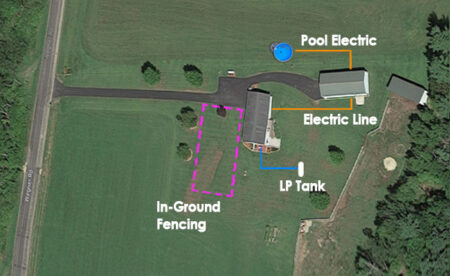
Step 2: Construction takes time
Building a fiber network takes a considerable amount of time to map and place the fiber in the build project. We spend hours developing a construction plan for your community and need to work closely with local authorities on permitting and requirements.
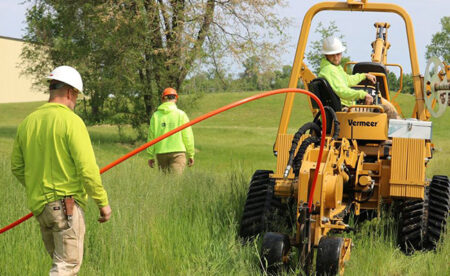
Step 3: Mainline is the first step
Building a fiber network takes a considerable amount of time to map and place the fiber in the build project. We spend hours developing a construction plan for your community and need to work closely with local authorities on permitting and requirements.
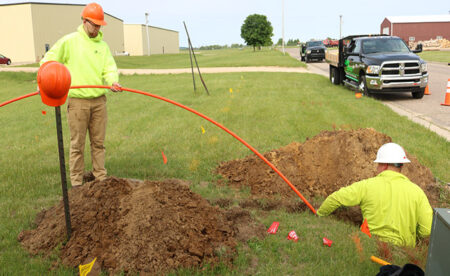
Step 4: Fiber service line to premise
The fiber service line connects the mainline from the road to your home. LightSpeed attempts to minimize disruption of property as much as possible and will perform “rough backfill” restoration along the roadways after the project is complete to minimize the amount of times an area is visitied.
*There will be a visual trench line remaining in your yard after plowing the duct. This will heal through the growing season.
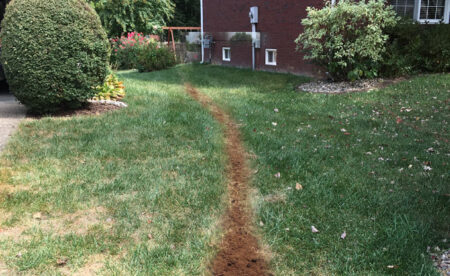
Step 5: Network Panel
Our fiber service line crew will terminate the fiber inside of a small box on the outside wall of your home. Fiber optic splicing needs to be completed before service is available.
*Please note that you may have a service line for some time before your in-home installation is scheduled. Our splice crew will finish the final splicing connections at a later time.
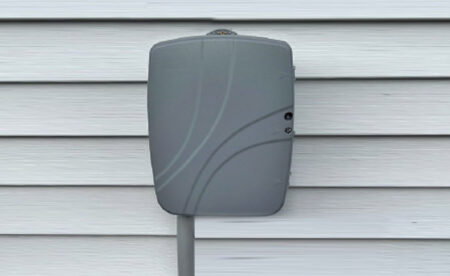
Step 6: Final splicing & testing
All connections at the network pedestals, residential houses and commercial buildings will be fused together to create a continuous connection between the available fibers. After all splicing has been completed on the new network, our technicians will test the fiber to ensure you receive reliable service.
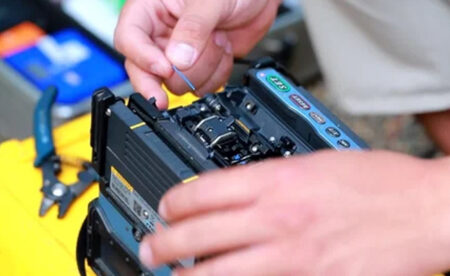
Step 7: Final Installation
When your area is ready for service, a LightSpeed account specialist will call you to schedule your final installation inside your home. You or an authorized person will need to be available to let the technician inside and be present while the network is connected and brought online.
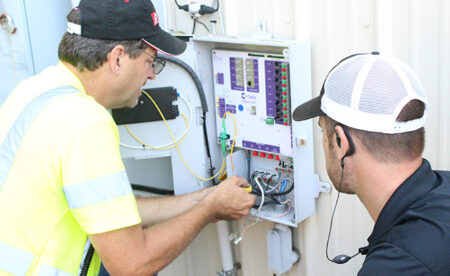
Step 8: Conclusion
Although we follow an efficient process, there are some things that can slow us down that may be out of our control. Depending on the project size and scope, the entire process could take 6-24 months. We look forward to bringing our gigabit fiber network to your home.

Residential Services
Business Services
Contact
- 501 Utility Ct, Reedsburg, WI 53959
- 608-768-1000
